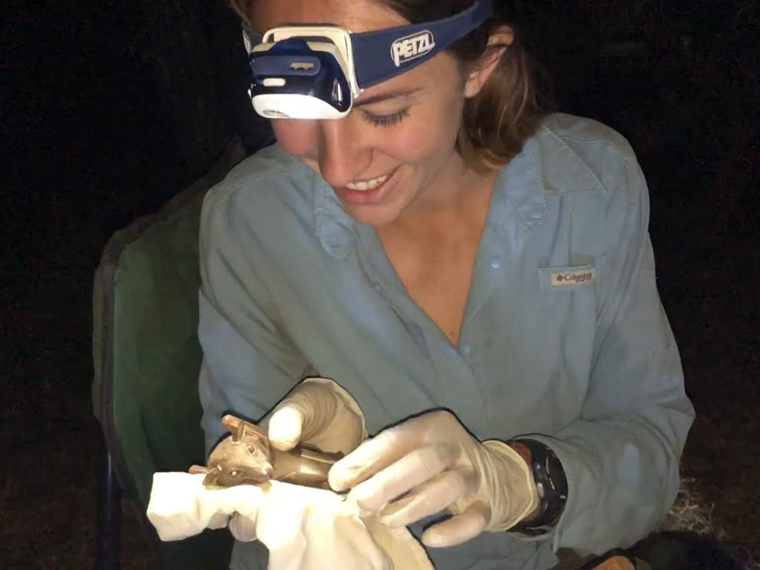Documentary by Watson Fellow Emily Stanford ’17 Accepted in Wildlife Conservation Film Festival
May 7, 2020
Carson Li ’20

Some may find it difficult to love bats, especially at a time when they are considered a possible origin of COVID-19 and Ebola. But according to the CDC, scientists still can’t definitively pinpoint exactly where those viruses come from.
Emily Stanford ’17 thinks bats are one of the world’s most misunderstood mammals. After receiving a Watson Scholarship in 2018, she started a year-long journey traveling to nine countries—Fiji, Australia, Papua New Guinea, Thailand, Cambodia, India, Nepal, Malawi, and Madagascar—to explore how different cultural perceptions of bats influence their conservation.
“When the media write about how bats have so many diseases, they often take it out of context,” Stanford said. “If you look into the studies where they found that bats carry more diseases and viruses than other animals, they actually sampled twice as many bats as all the other types of animals combined. Bats are easy to catch, which makes it quite easy to sample them in high numbers. Because of this kind of sampling bias, articles will take the conclusion out of context and say bats have more viruses than other animals.”

Throughout her Watson year, Stanford lived with people who love bats and those who hate bats. She filmed the interviews on her phone and put the clips together into a documentary, and later she submitted it for entry into the Wildlife Conservation Film Festival. It was accepted this year.
“The most serious threat to bats is failure to understand them,” a bat conservationist in the documentary says. “Bats are of huge economic importance. …It’s been conservatively calculated that bats are saving American farmers almost $23 billion a summer.”
According to a wildlife rehabilitator in the film, bats eat a lot of pest insects. It is estimated that during the summer, half of a million bats at Congress Avenue Bridge, in Austin, Texas, eat about ten tons of insects every night. This makes a vast difference on the number of pest insects on the landscape that would otherwise cost agriculture billions of dollars every year.
“There are a lot of misconceptions about bats because they’re out at night, and you often see them from far away,” Stanford said. “Bats have a really gentle nature, and a lot of bat rehabbers I lived with told me that once they show people a bat up close, they immediately fall in love with it. They had no idea it could actually be adorable.”
Stanford originally planned to attend graduate school to study disease ecology. However, her experience making the documentary has caused her to think more about exploring science communication, informing people with science knowledge and eliminating misconceptions.
Tags:
You may also like…
Oberlin Named Top Producer of Fulbright Students for 2024-25
February 25, 2025
Nineteen Oberlin College and Conservatory students and alumni were awarded Fulbright grants for the 2024-25 academic year, making the college the No. 1 producer of honorees among U.S. undergraduate-only institutions.
Beyond the Writing Center: Abbie Patchen ’24
November 7, 2024
Abbie Patchen ’24 is a JD candidate at the UNC School of Law. At Oberlin Abbie minored in Writing & Communication. Here, she reflects on how her Oberlin courses and professors shaped her approach to learning and writing.
Omar Tells His Story
October 11, 2024
This December, Oberlin will present a concert version of Rhiannon Giddens’ award-winning opera, both at Finney Chapel in Oberlin and the Maltz Performing Arts Center in Cleveland. Surrounding it are all kinds of cross-disciplinary events for campus and community.


